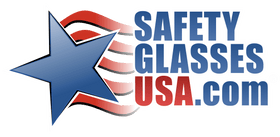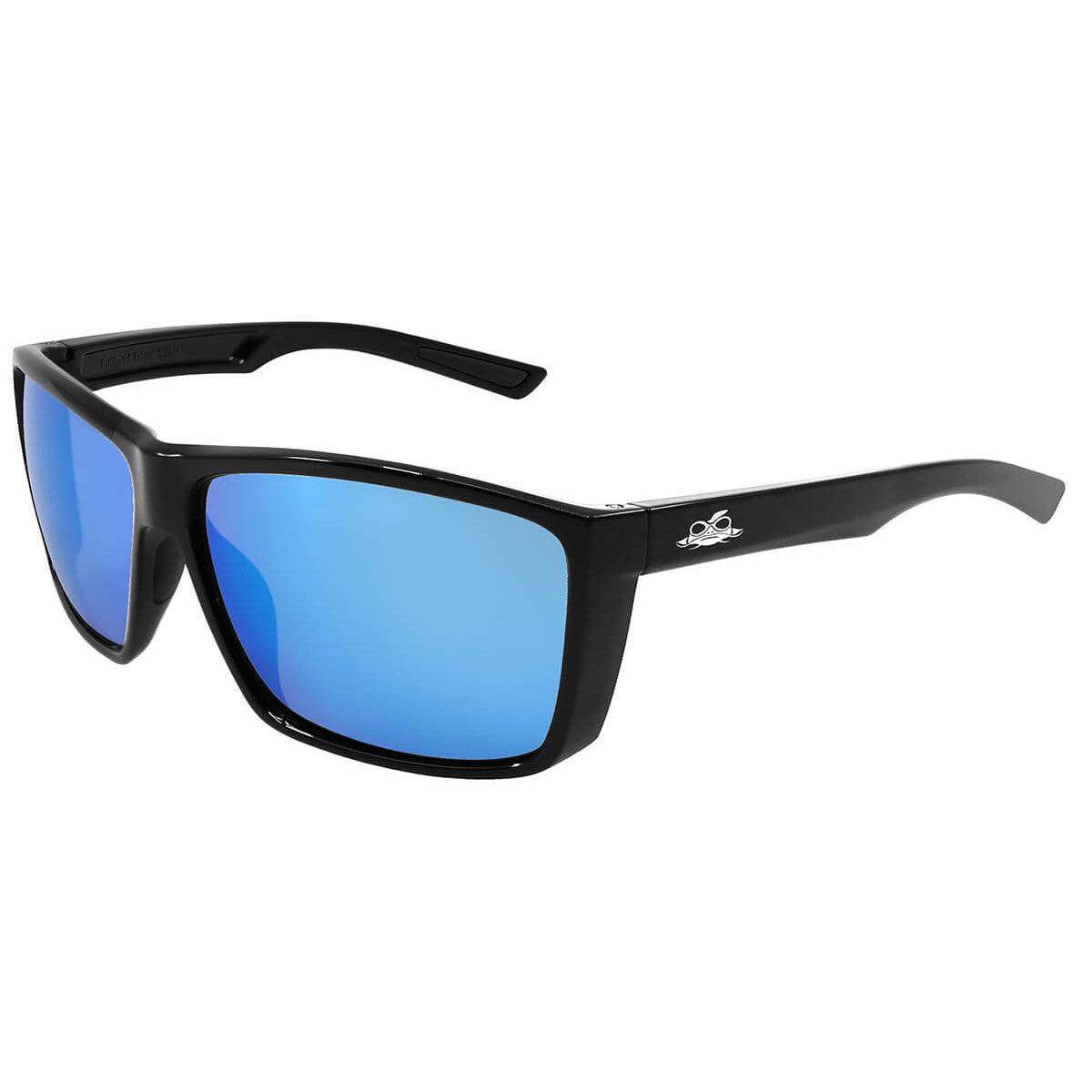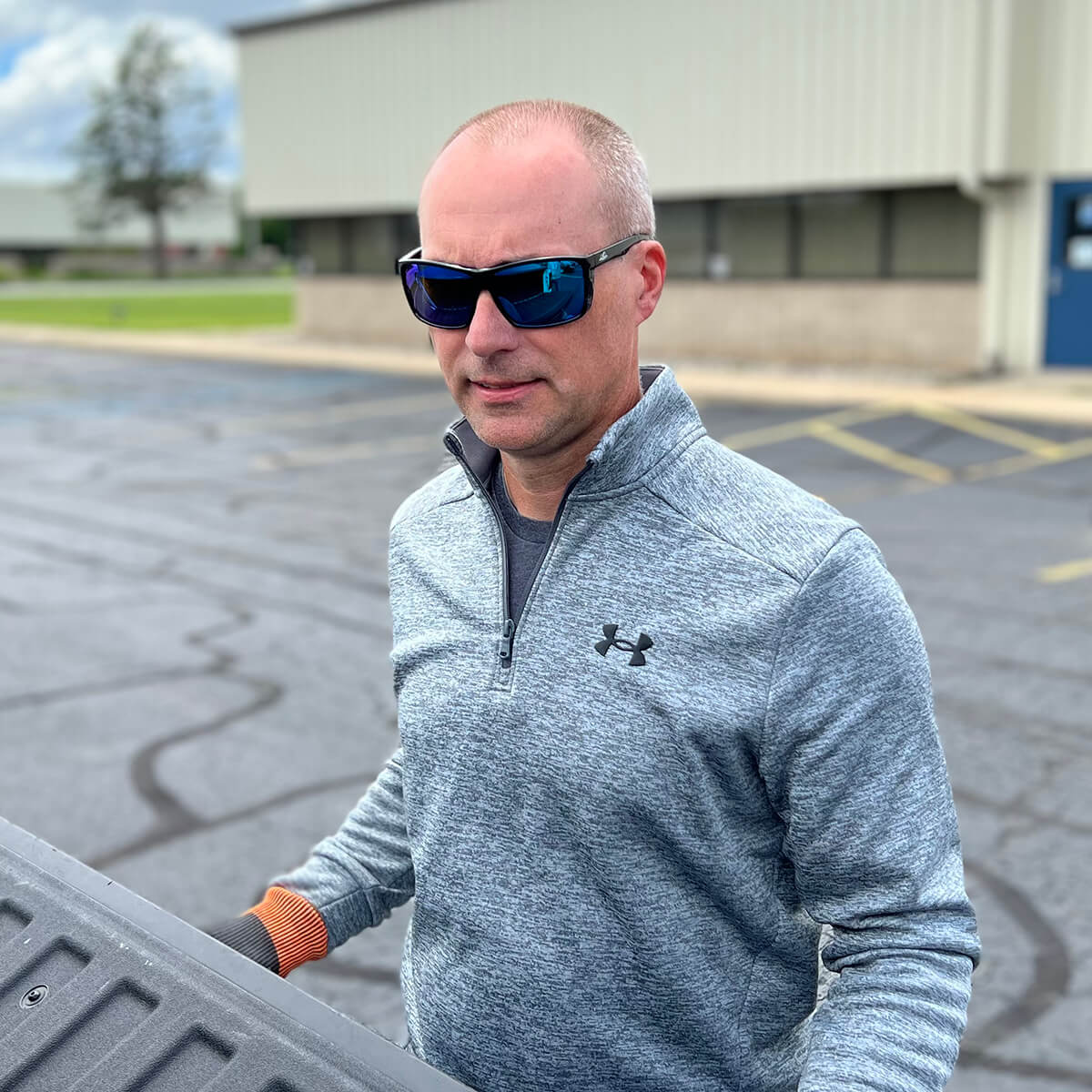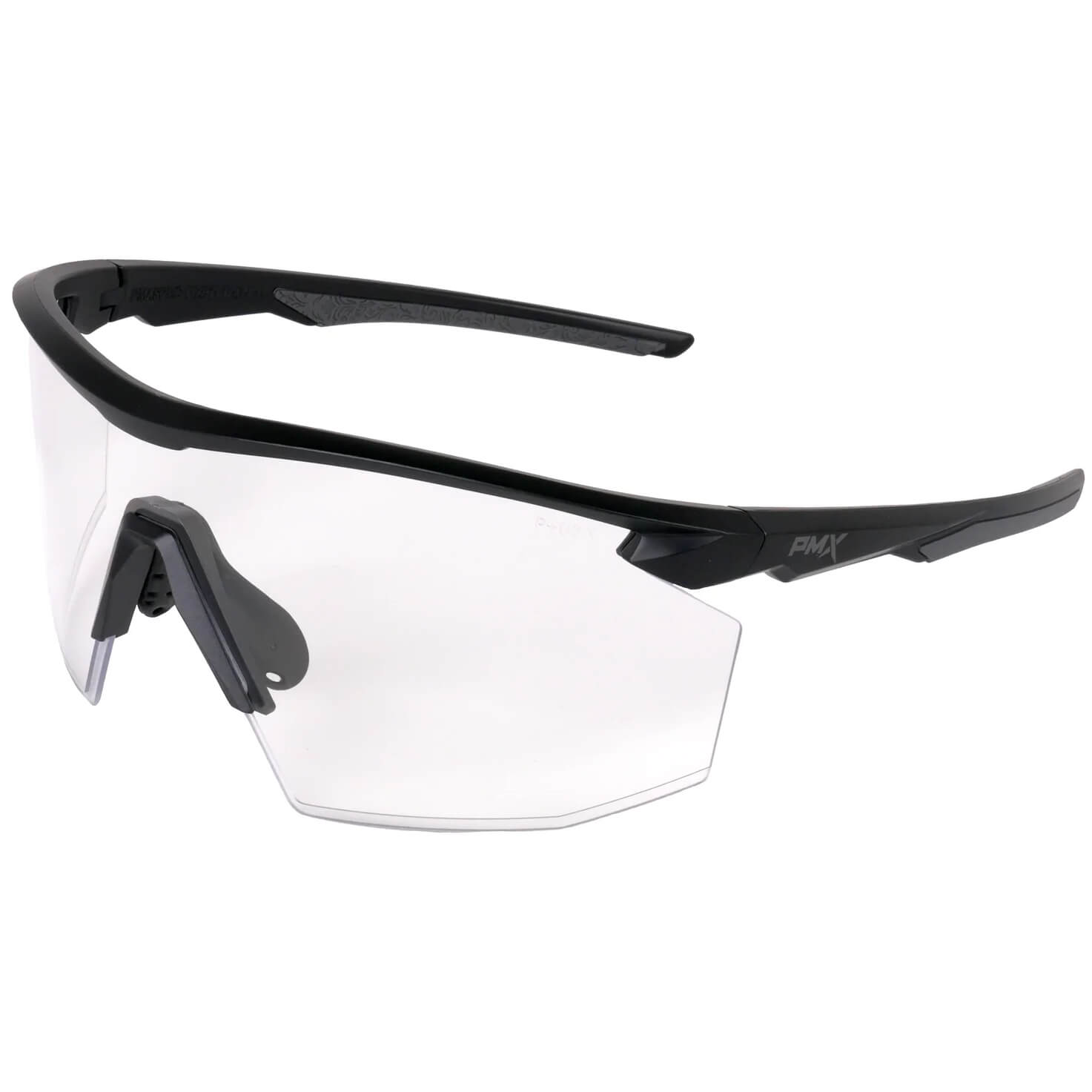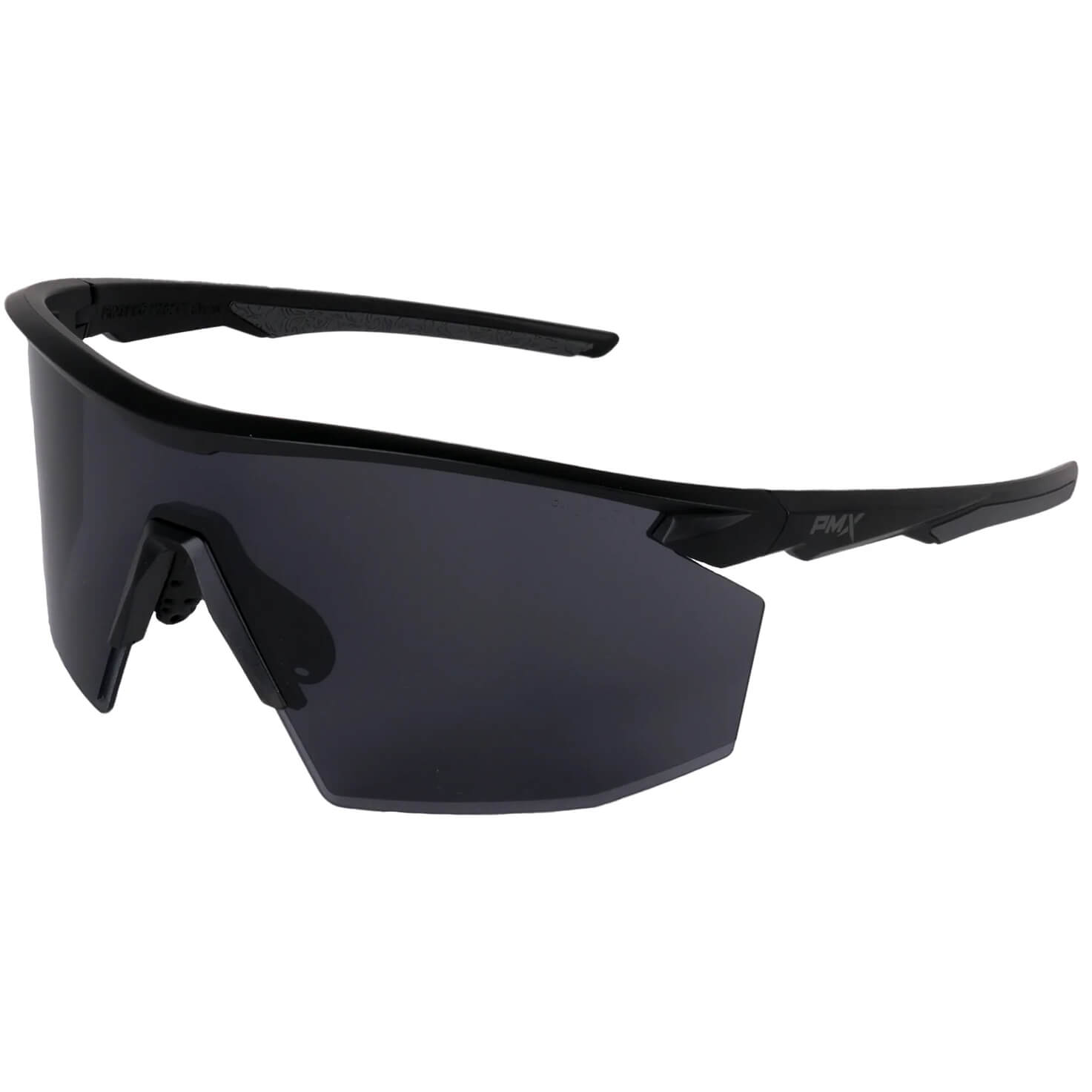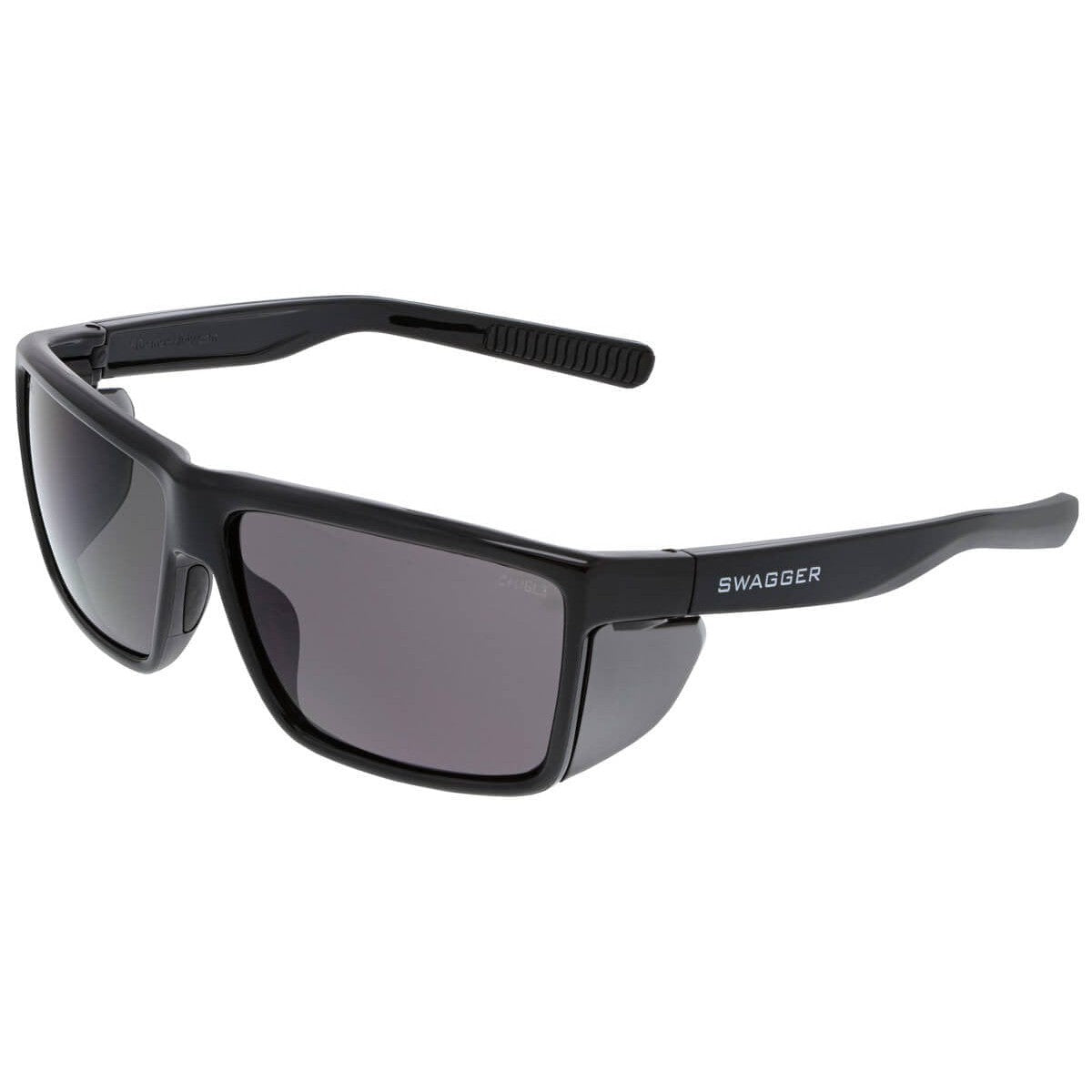When most people think of why they should wear safety eyewear in the workplace, they focus on how they prevent injury from an accident. While this is crucial, another important aspect of worker eye safety involves preventing eye disease.
Both eye injury and disease in the workplace impact productivity, and both are usually preventable. This article overviews how to prevent both injury and disease in the workplace and provides a slew of resources for building a comprehensive approach to doing so.
Preventing Injury
Preventing eye injury in the workplace is, essentially, quick and easy. Eye Injury Prevention really just involves one step: wear safety eyewear.
Quick and easy doesn’t always mean simple, though, and that’s certainly the case with preventing eye injuries. Wearing quality safety eyewear is the goal, but reaching that goal often involves several important elements. Those include:
1. Identifying potential hazards.
This means assessing work areas and equipment and knowing which tasks and areas present eye hazards. Potential eye hazards include projectiles, chemicals, radiation, and bloodborne pathogens. Protecting Your Eyes at Work also means knowing that many jobs have more than one hazard in play.
2. Developing a safety eyewear policy.
Create a program that involves everyone. Prevent Blindness recommends “a 100% mandatory program for eye protection in all areas” because “a broad program prevents more injuries and is easier to enforce” than one limited to certain areas and tasks.
3. Finding the right eyewear.
To increase the likelihood of compliance, eyewear must fit properly and be comfortable. The importance of eyewear fit cannot be underestimated. Additionally, the right eyewear fit means determining the appropriate eyewear for the task according to the standards OSHA provides for Eye and Face Protection.
4. Planning and training for emergencies.
Create an emergency plan with first-aid procedures, eyewash stations available, and training to help workers identify and treat eye injuries.
5. Creating an eyewear maintenance plan.
In addition to having an eyewear policy and emergency plan in place, encourage Good Habits for Safety Glass Maintenance. Such habits include proper cleaning of eyewear along with regular inspection and replacement.
For good reason, preventing eye injury in the workplace receives a lot of focus. After all, according to the American Association of Ophthalmology, 90% of serious eye injuries are preventable simply by wearing safety eyewear. Eye protection at work goes beyond the obvious injuries that can happen, though. Workers can also learn to prevent eye disease through their workplace eye safety habits.
Preventing Disease
Some workplace hazards can lead to eye disease. In addition, many workers also often battle eye disease caused by the nature of their work and/or the environment in which they work. Below are some of the more common eye diseases and conditions – along with potential solutions – often faced in the workplace.
Disease Through Exposure
In addition to eye injury hazards, exposure to disease in the workplace is also sometimes a hazard. Disease causing permanent eye damage sometimes happens through direct exposure to blood splashes, droplets from coughing and sneezing, and touching eyes with contaminated hands. According to the CDC, the result ranges from “minor reddening or soreness of the eye” to “life-threatening diseases such as HIV, hepatitis B virus, or avian influenza.” Eyes are even a gateway for the virus that causes COVID-19. As with any workplace hazard, protective eyewear is essential for prevention.
Computer Vision Syndrome
One of the most common eye conditions workers battle is computer vision syndrome (CVS). Also known as digital eye strain, CVS happens when your eyes work too hard for too long viewing electronic displays. While eye strain does not permanently damage eyes, it does seriously impact productivity, so Preventing & Reducing Eye Strain & Fatigue in the workplace is important. In general, preventing CVS involves taking frequent breaks and even wearing eyewear that blocks blue light.
Wearing Computer Glasses, such as Gunnars, can prevent Computer Vision Syndrome in today's digital age.Dry Eye Disease
Dry eye disease (DED) is characterized by decreased tear production that results in a gritty feeling, blurry vision, and eyelid twitching, among other symptoms. Workplace-related causes of DED include exposure to wind or smoke and blinking less often during extensive computer or other focused work.
In addition to the suggestions for alleviating CVS, DED may also require the attention of a physician for its direct treatment or to address an underlying condition as its cause. Left untreated, DED can lead to eye infection or damage and to decreased productivity or the inability to complete certain tasks at all.
Disease From Use of Fluorescent Lighting
Some fluorescent lighting, according to experts, can cause diseases like cataracts and age-related macular degeneration because it exposes eyes to harmful UV light. Fluorescent lighting can also lead to dry eyes, double vision, light sensitivity, and headaches. Overhead lights aren’t the only culprits, either, since compact fluorescent lights and even dim lighting can also cause problems.
Many of the same approaches already discussed are also applicable in preventing disease from fluorescent lighting. Additional suggestions include:
- Wearing wraparound safety eyewear (all quality safety eyewear provides UV protection)
- Reducing glare by positioning your computer away from the window
- Using an anti-glare shield on your computer
- Lowering blinds and shades to prevent additional UV exposure
Also, consider talking to your coworkers and supervisor about healthier alternatives to fluorescent lighting. You never know; voicing your concern may be an impetus for change.
Using Your Resources
Preventing eye injury and disease in the workplace essentially means utilizing the many resources already available. You don’t have to reinvent the wheel. Start with OSHA’s standards and move toward a comprehensive approach that covers the most common workplace hazards as well as the ones unique to your workplace. Then, consider other ways to improve eye health, from revamping your lighting to making individualized safety eyewear selections.
Eyesight is precious. Fortunately, preventing its deterioration and loss doesn’t have to be complicated. We hope the above resources provide you with the necessary steps for getting started or enhancing your workplace eye health and safety.
